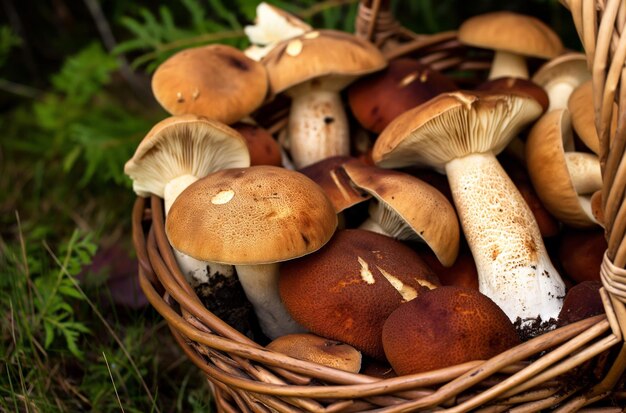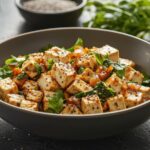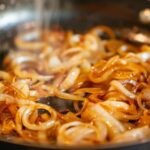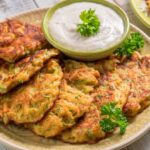Foraging for wild foods has been a part of human culture for centuries, providing people with natural, fresh ingredients. While foraging can be a rewarding experience, it also comes with risks, as many wild plants, mushrooms, and berries can be toxic or even deadly if consumed without proper knowledge. Foraging requires careful identification and understanding of what is safe to eat. Here are 10 foods that can be poisonous when foraged:
1. Death Cap Mushroom (Amanita phalloides)
The death cap mushroom is one of the deadliest mushrooms in the world. It closely resembles edible mushrooms like the straw mushroom, making it particularly dangerous for inexperienced foragers. Just a small amount can cause liver and kidney failure, and consuming it often leads to death if not treated immediately.
2. False Morels (Gyromitra spp.)
Morels are a prized find for mushroom hunters, but their toxic cousins, the false morels, can be highly poisonous. False morels contain gyromitrin, a toxin that converts to monomethylhydrazine in the body, which can cause nausea, vomiting, dizziness, and even death in severe cases.
3. Poison Hemlock (Conium maculatum)
Poison hemlock is often mistaken for edible plants like wild carrots or parsnips. All parts of this plant are toxic and can cause symptoms such as respiratory failure, convulsions, and death. The plant contains toxic alkaloids, and even small amounts can be lethal if ingested.
4. Foxglove (Digitalis purpurea)
Foxglove is a beautiful flowering plant, but it contains digitalis, a compound used in heart medications that can be toxic in uncontrolled doses. If consumed, foxglove can cause nausea, vomiting, hallucinations, and heart problems, leading to death in extreme cases.
5. Wild Parsnip (Pastinaca sativa)
Wild parsnip is often confused with edible parsnips, but it contains a sap that can cause severe skin burns and blisters when exposed to sunlight. Ingesting the plant can lead to gastrointestinal issues, and its toxic effects can vary depending on the amount consumed.
6. Baneberries (Actaea spp.)
Baneberries, particularly the red and white varieties, are small, attractive berries that can be mistaken for edible fruit. However, they are toxic and can cause nausea, dizziness, and even cardiac arrest if eaten in large quantities. All parts of the plant, including the berries, are poisonous.
7. Nightshade (Solanum spp.)
While certain varieties of nightshade, like tomatoes and potatoes, are edible, many wild nightshade species are toxic. Black nightshade, for example, contains solanine, a glycoalkaloid that can cause vomiting, diarrhea, and even hallucinations. Consuming too much can be fatal.
8. Water Hemlock (Cicuta spp.)
Water hemlock is considered one of the most poisonous plants in North America. It is often mistaken for edible watercress or wild parsnip. Ingesting even a small amount of water hemlock can cause violent seizures, respiratory paralysis, and death.
9. Wild Mushrooms (Various Species)
Many wild mushrooms, such as the Destroying Angel (Amanita virosa) and the Jack-O’-Lantern (Omphalotus illudens), are toxic and can be confused with edible varieties. Eating toxic mushrooms can lead to severe gastrointestinal distress, liver damage, and in extreme cases, death.
10. Elderberries (Sambucus spp.)
Elderberries are often used to make syrups, jams, and wines, but the unripe berries, seeds, and leaves contain cyanogenic glycosides, which can release cyanide in the body. Eating raw or unripe elderberries can cause nausea, vomiting, and severe stomach cramps. Proper cooking neutralizes the toxins.
Foraging can be a fun and sustainable way to gather food from nature, but it is crucial to approach it with caution. Many wild foods have toxic look-alikes or contain poisons that can cause serious harm or death if consumed. When foraging, always ensure that you have the proper knowledge or guidance to correctly identify safe plants and mushrooms. If in doubt, it is always better to leave it behind than to risk poisoning yourself.








